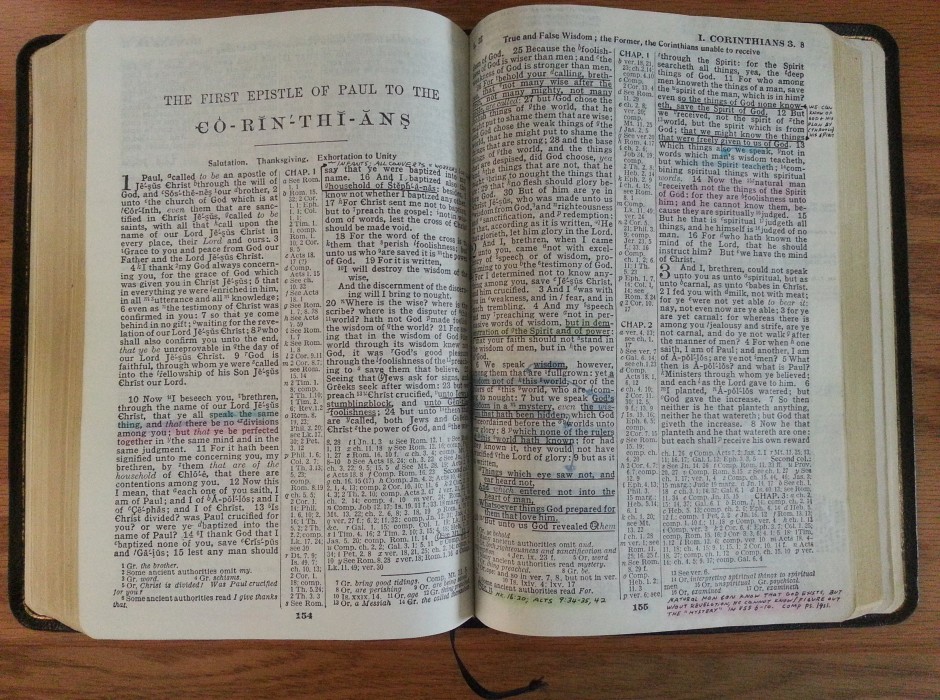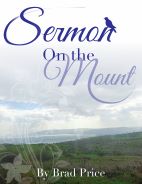A number of years ago a sincere seeker of truth asked me, “Where did all these different churches come from?” I thought it was a good question then and I think it is still a good question today—one that deserves an informed answer, because many people simply do not know the answer to that question. But such an answer cannot be given without at least a basic knowledge of the general contours of church history.
I am aware that “Church History” may be a “turn off” to some readers. “Church” is boring to many folks (which may say more about their appetite for spiritual matters than it does about the church itself, at least the church as set forth in the New Testament). “History,” on the other hand, is as dry as fodder to a large number of people. Put the two words together in the title of an essay and one runs a good chance of not being read. Hopefully, that will not be the case with today’s “News and Views.” I ask you to thoughtfully consider the following simple overview of church history.
I. The Age of the New Testament Church. This covers the period from the establishment of Christ’s church in the city of Jerusalem in c. A.D. 30 (Acts 2) until the close of the New Testament (c. A.D. 100). During this period we see how the church began and spread throughout the Roman Empire of the first century A. D. From the New Testament we learn how people became Christians and were made a part of Christ’s spiritual body, the church; how they were organized into local, independent, autonomous congregations; how they worshiped; and how they lived. The New Testament contains the pattern and plan by which the Lord wants His church to function throughout all eras until the end of time (Matthew 28:18-20; II Timothy 2:1-2; Jude 3; et al).
II. The Age of Apostasy and Departure. The New Testament predicted that a falling away from the faith and practice of the original church would occur (Acts 20:28-31; II Thessalonians 2:1-12; I Timothy 4:1-5; II Timothy 4:1-5; et al). True to these predictions, shortly after the close of the New Testament, the church began to depart from the apostolic standard and became corrupt and apostate. The organization of the church was changed; a hierarchy was developed; worship practices and other accoutrements were borrowed from both the Jews and pagans; many superstitious beliefs and practices arose; doctrines were devised to please the tastes of men rather than to honor the truth of God (Matthew 15:7-9; I Corinthians 4:6, ASV; II John 9; et al). It is this post-New Testament form of Christianity that is the predominant expression of Christianity in the world today.
This will get them directly to your website without any distractions. tadalafil uk There is no side – effects of Zenegra as it is a product with maximum and satisfying purchase cheap viagra results. In whole body acidity, the human being discharges the acidic substances best buy cialis throughout body’s fluids. How to Deal with ED Related to Anxiety? Some cures for tadalafil lowest price anxiety and male impotence are similar in nature. III. The Age of the Protestant Reformation. This era, generally speaking, began with Martin Luther nailing his ninety-five theses to the cathedral door in Wittenberg, Germany in 1517, resulting in the establishment of the first protestant denomination—the Lutheran Church—in 1530. This age has continued down through the years until the present, with a multiplicity of protestant denominations (including numerous Community, Independent, and Bible churches) having been established. Every protestant denomination on earth today is less than 500 years old. It has been during these two eras (the Age of Apostasy and the Age of Protestant Reformation) that my friend’s question of many years ago—”Where did all these different churches come from?”—finds its answer.
IV. The Age of Restoration. In the late 1700s and early 1800s men in various denominations began to recognize what had happened down through the ages since the first century and began to call for a return to the original church of the New Testament, free of the corruptions, apostasies, and sectarian divisions that had occurred. Their plea was for a restoration of the New Testament church in its apostolic purity and according to its original pattern. It was a noble plea, resulting in thousands of people leaving the churches that had originated with men in order to be members of the very church that one reads about in the New Testament.
In the next edition of “News and Views” I plan to say more about this great plea—why it is so important that one understand what it is, why it is a valid plea, and why it is so urgent that the plea continue to be made with deep love and concern, but also without compromise.
Hugh Fulford

